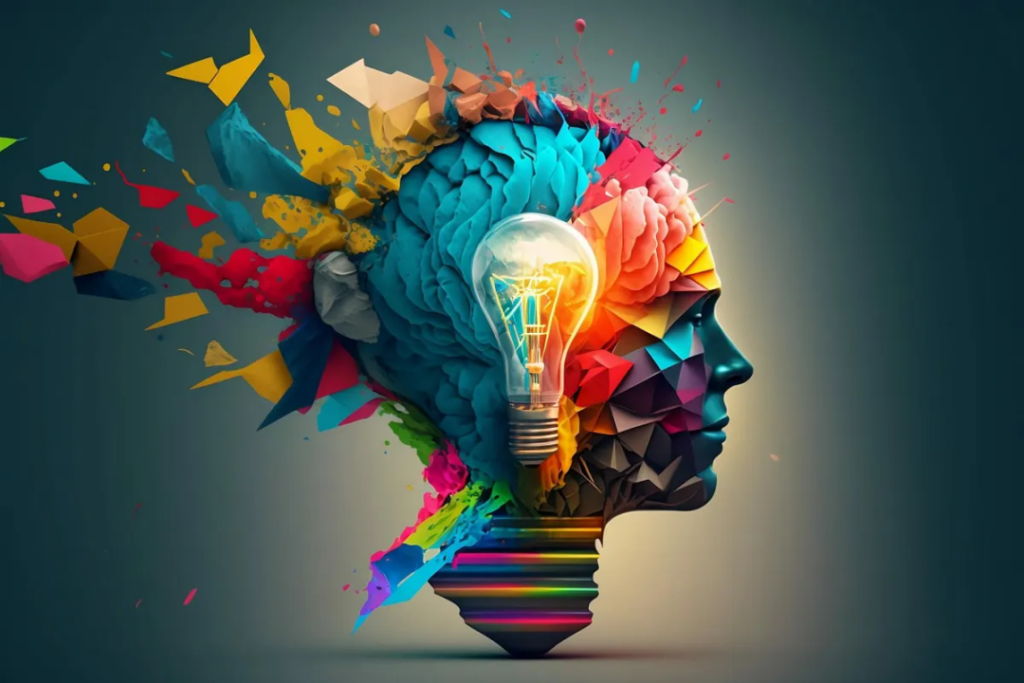In the ever-evolving world of digital art, new technologies are constantly emerging to push the boundaries of what is possible. One of the most exciting developments in recent years has been the rise of AI-generated art. This innovative field combines the power of artificial intelligence with the creativity of human artists, resulting in unique and often breathtaking pieces.
The Evolution of AI in Art
Artificial intelligence has been making waves in various industries, from healthcare to finance. However, its impact on the art world is particularly fascinating. AI algorithms can analyze vast amounts of data, learn from patterns, and generate new content that mimics human creativity. This has led to the creation of AI-generated paintings, music, and even poetry.
One of the most notable examples of AI-generated art is the portrait “Edmond de Belamy,” created by the French art collective Obvious. This piece, which sold for a staggering $432,500 at Christie’s in 2018, was generated using a type of AI algorithm known as a Generative Adversarial Network (GAN). The GAN was trained on a dataset of 15,000 portraits painted between the 14th and 20th centuries, allowing it to create a new, original portrait.
The Role of text to image AI in Digital Art
The use of AI in art is not limited to generating paintings. AI can also be used to create digital sculptures, animations, and even interactive installations. For example, the artist Refik Anadol uses AI to create data sculptures and immersive installations that blend art and technology. His work often involves using machine learning algorithms to analyze large datasets and create visual representations of the data.
Another exciting application of AI in art is the creation of digital avatars and virtual beings. These avatars can be used in various contexts, from virtual reality experiences to social media platforms. AI can generate realistic avatars that can interact with users in real-time, creating a more immersive and engaging experience.
Ethical Considerations and the Future of AI Art
While the potential of AI in art is immense, it also raises important ethical considerations. Questions about authorship, originality, and the role of the artist in AI-generated works are still being debated. For instance, who should be credited as the creator of an AI-generated piece—the algorithm, the programmer, or the artist who trained the AI?
Additionally, there are concerns about the potential for AI to replace human artists. However, many argue that AI should be seen as a tool that enhances human creativity rather than a threat. AI can help artists explore new ideas, experiment with different styles, and push the boundaries of what is possible in art.
Conclusion
The future of art is undoubtedly digital, and AI will play a significant role in shaping this future. From generating original paintings to creating immersive digital experiences, the possibilities are endless. As we continue to explore the potential of AI in art, it is essential to consider the ethical implications and ensure that technology is used to enhance human creativity rather than replace it. The intersection of art and AI is an exciting frontier, and we are only beginning to scratch the surface of what is possible.
